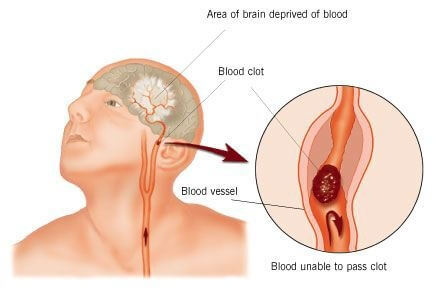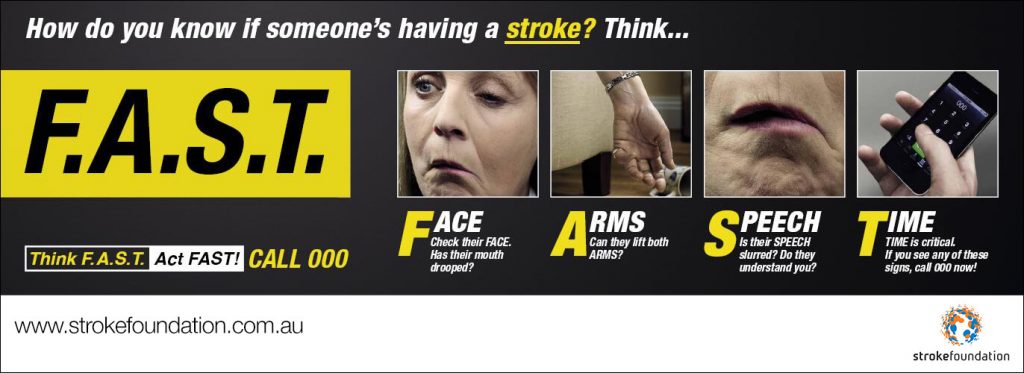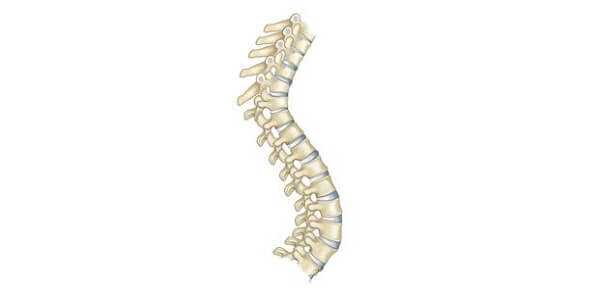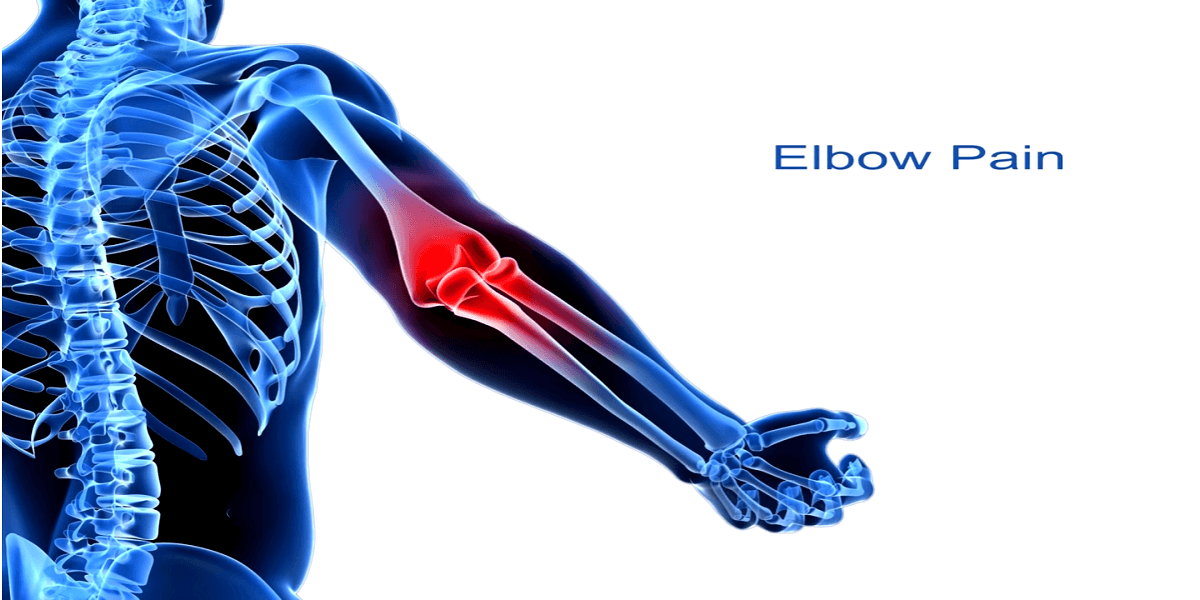Stroke: how to spot the symptoms and FAST

It’s estimated that 1 in 6 people will experience a stroke at some point in their lifetime and out of the 50,000 cases each year 69% of sufferers are 65 years and older.
All strokes result in some damage or death of brain tissue, which can lead to disability or be fatal, so it’s important to be able to spot the signs promptly to help try and minimise the effects. Strokes can last anywhere from a few seconds to several hours depending on their type.
To better know what to look out for it’s important to first understand what’s happening to the body.
What actually is a stroke?

A Cerebro-Vascular Accident (CVA), more commonly known as a stroke, can occur either as an ischaemic stroke (pron: i-sck-ee-mic), with a clot blocking the brain’s blood supply; or as a haemorrhagic stroke (pron: hem-orr-ra-gic), where an artery ruptures.
Ischaemic strokes – a blocked artery
Ischaemic CVAs are the more common type with 4 out of 5 strokes being caused by a clogged artery. These deprive the brain of oxygen and can occur in one of two ways. A blood clot can form elsewhere in the body such as the heart before travelling up to the brain where it then gets lodged in a smaller blood vessel. This is known as an embolic stroke. Alternatively, you can experience a thomobotic stroke whereby fatty plaque builds up and narrows or even blocks arteries preventing blood flowing freely to the brain.
A Transient Ischaemic Attack (TIA), sometimes known as a ‘mini stroke’ or ‘warning stroke’ is caused by a temporary blockage. The signs are the same as a CVA but they don’t last as long. That said around a third of those who experience TIA go on to have a stoke within a year. Someone who experiences a TIA after a stroke should go to A&E straight away as part of their treatment is not working.
Haemorrhagic stroke – bleeds
Accounting for 20% of CVA cases, a haemorrhagic stroke is the result of a bleed on the brain from a burst blood vessel. This rupture can either be caused by an aneurysm – a weakened portion of a blood vessel ballooning – or a malformed cluster of blood vessels (AVM).
How to identify a stroke
Strokes can last anywhere between a few seconds to several hours and due to the different types of stroke where different areas of the brain are affected, the signs and symptoms may vary. Recognition is made easier by using the F.A.S.T mnemonic:
F
…is for face – The first sign to look for is facial weakness. Can the person smile? Has their mouth or eye drooped?
A
…is for arms – Next, identify if there is any arm weakness. Can they raise both arms?
S
…is for speech – Are they having difficulty talking? Is their speech slurred? Do they understand what you are saying?
T
…is for time – It’s time to act quickly. Call an ambulance on 000 immediately.
There is a fairly common misconception you may smell burnt toast or some other scent that doesn’t exist, before an imminent stroke. This is false. However, your sense of smell could indeed be affected by a CVA depending on where in the brain it occurs.
Here are some other signs of CVA or TIA besides the F.A.S.T. symptoms:
- loss of bladder or bowel control
- vomiting
- a severe or sudden headache
- decreased or loss of vision, abrupt blurriness, unequal pupils
- numbness, weakness or paralysis of limbs or face
- loss of balance or dizzyness
- loss of conciousness
A CVA is always an emergency and a TIA should never be ignored. If you spot any of these signs seek emergency medical attention immediately by calling 000. Remember – the faster you act, the more of the person you save.





